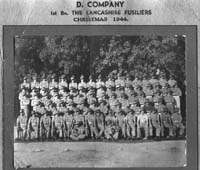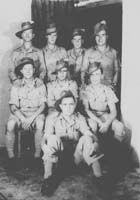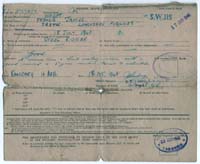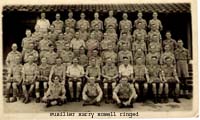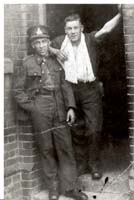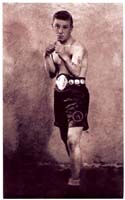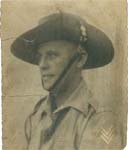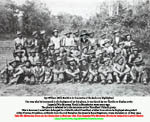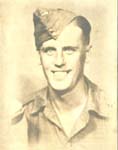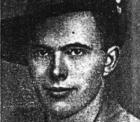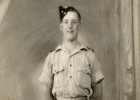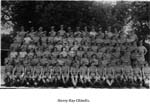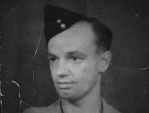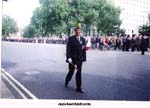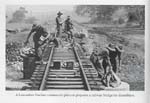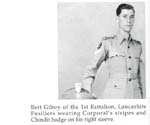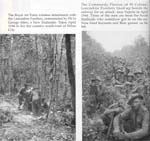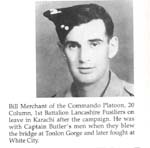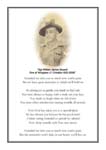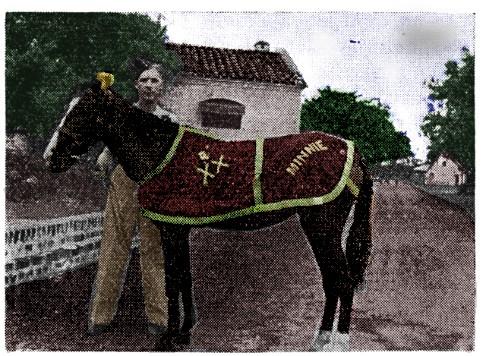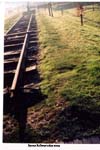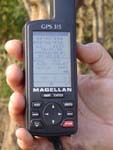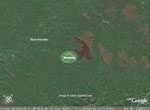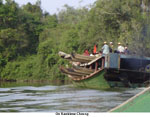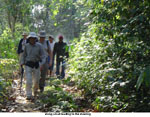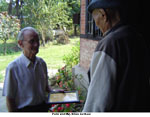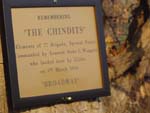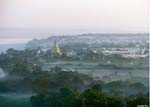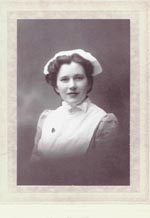
|
1st
Bn The XX Lancashire Fusiliers WW
2 - 1939 - 1945 |
The Chindits were the brainchild of British Brigadier
Orde Charles Wingate when he was serving under Archibald Wavell, the Supreme
Commander of the Far Eastern Theatre in India.
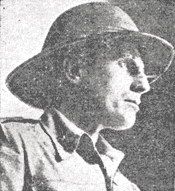 Major General Orde Wingate |
|
"The
First Chindit Expedition (Op Longcloth) and the lessons learned from
it" |
|
on March 1st, Harold Bottomley's MM Group
was sold again at auction. This time his medals fetched £5500. |
The Unveiling of the Chindit Memorial
at the National Memorial Arboretum, Alrewas.
Sunday 10th June 2007
|
We have photographs of all
the graves at Kohima |

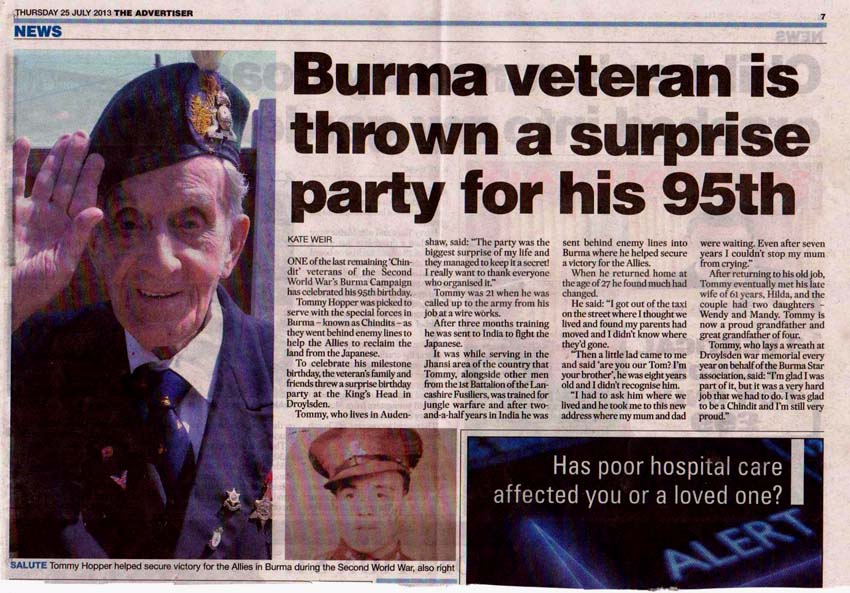 |
|
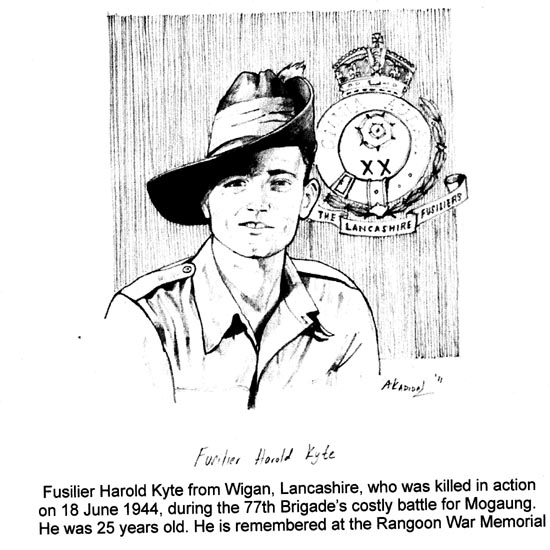 "At dawn on the 18th June 1944, the 1st Bn XX Lancashire Fusiliers attacked a Japanese gun position at Nuanghaiktaw, near Moguang. A Company attack went in, supported by 2 machine guns in close support,along with a flame thrower detachment to clear any dug out positions.. The Japanese defenders found themselves being overwhelmed and made a run for it, straight into the fire of the "Stop" Company who had been placed there for just such an eventuality. A follow up with grenades and the flamethrowers resulted in at least 70 of the estimated 100 Japanese defenders being killed. The LFs lost 16 killed and 38 wounded. Fusilier Harold Kyte was one of those heroes killed in action here" |
|
Thomas Cunningham
1st Bn Lancashire Fusiliers Burma and with the Paras at Op Market Garden at Arnhem,
Thomas Cunningham was born in Wigan 1919 where he lived at 188 Bell Lane with his WW1 veteran father and his mother. He joined the 1st Bn Lancashire in September 1939 and served with them in India and Burma just prior to the Bn taking part in the Chindit Operations. He transferred to the Army Air Corp in October 1942, before becoming a member of the Parachute Regiment and taking part in the Op Market Garden at Arnhem, where he was shot and wounded, resulting in the loss of one lung. He was captured and made a POW in Stalag X11A as POW number 40500,from where he wrote to his mother (see pic ) The date 30 September is significent, most of our forces had been captured on the 25th, so Thomas held out to the very last. Here is a link to a site dealing with this POW Camp:- http://www.pegasusarchive.org/pow/frames.htm He would have been liberated in April 1945 A rare insight into the story of one of our WW2 heroes.
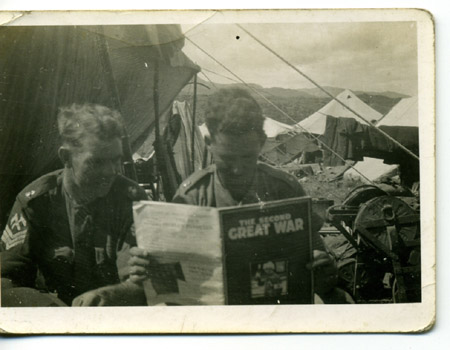 sent in by Tony Cunningham his son |
|
Major
Bill Hayes |
|
"When aircraft were lost in Burma, particularly
if they caught fire, it was decided that the entire crew and passengers
would be buried wherever the majority of them originated.
This was often the USA and we have a number of LFs buried in USA graves. These are some of them." 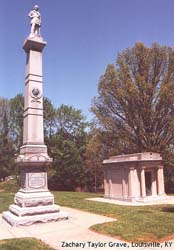 LOUISVILLE (ZACHARY TAYLOR) NATIONAL CEMETERY Country: United States of America Locality: Kentucky No. of Identified LF Casualties: 2 LANE, GEOFFREY STEPHEN
|
|
3717099 Fus Francis James Wright
|
|
Robert Ashton was under age when he joined 1LF in Salford in 1936. He took part in the re-enactment of the Battle of Vimy Ridge at the 1938 Aldershot Military Tattoo. He was one of the Lancashire Fusiliers who landed by glider behind Japanese lines in Burma to form the Chindit Column and the Block at White City. Know for his smart turnout and ever present silk scarf, he was also a highly skilled boxer. He was demobbed at York following WW2." |
|
Sgt William
'Bill' Smith
William Smith was born on 13 April 1910
at 19 George Henry Street in Salford. He was baptised at St Joseph's
RC church in Ordsall, Salford on 29 May 1910.
After the war Bill Smith returned to his family in Salford. He worked for many years at the gasworks on Liverpool Street in Salford. He lived mostly in the Ordsall area until it was redeveloped, but he remained close by. He never spoke of his war service. He lived at Denbigh Place when he died of lung cancer on 20 September 1978 at St Ann's Hospice, Heald Green. He was 68. |
|
A
|
B
|
C
|
D
|
|
|
1.
|
||||
| 2. |
Quadrant Conference 1943 In August 1943 Churchill, Roosevelt and the Combined Chiefs of Staff met in Quebec at the Quadrant Conference to discuss future Allied strategy. Accompanying Churchill was Wingate. At the conference Wingate presented his
plans on how Long Range Penetration brigades would march into Wingate's proposals won American support and the conference agreed to a second Chindit operation. To show their support the Americans offered
to form an American Long Range Penetration Group to be trained The force was composed of six brigades - 16th Brigade (Brigadier Fergusson) 77th Brigade (Brigadier Calvert) 14th Brigade (Brigadier Brodie) 3rd Brigade (Brigadier Gillmore) 23rd Brigade (Brigadier Perowne) At Gawilor, India, Special Force received
training to prepare them for operating deep behind enemy lines. A column had about 400 men and typically consisted of, - Infantry company of four platoons armed
with rifles and light machine guns. - Commando platoon for demolitions and setting booby traps. - Reconnaissance platoon with a section of Burma Rifles. - The column also included RAF, sapper,
signaller and medical detachments. Each column had about 56 mules, much less
than the first expedition, as there would be more reliance on air
supplies. Once in Burma the Chindits would attack
and cut supply lines and generally harass the rear of the Japanese
forces The Chindits objective was to cut the
supply lines of the Japanese forces facing British, American and
Chinese forces The orders given to Wingate were 1. To help the advance of combat troops
(Ledo Sector) to the Myitkyina area by drawing off and disorganising
the 2. To create a favourable situation for the Chinese advance westwards across the Salween. 3. To inflict the maximum confusion, damage, and loss on the enemy forces in Burma. The initial Chindit move centred on 16th, 77th and 111th Brigades. The other three brigades were held in reserve. 16th Brigade was to march from Ledo to
Indaw and then capture Indaw. 77th Brigade was to fly in to Burma,
establish a base,
Special Force, 3rd Indian Infantry Division N.B. The title 3rd Indian division was only given in order to deceive the Japanese. There were six brigades -- each referred
to by a nickname. Each brigade had its own HQ situated near an GALAHAD 5307TH COMPOSITE UNIT (PROVISIONAL) US ARMY Also known as Merrill's Marauders and after being trained were handed over to Gen. Stilwell's Northern Command. 1ST BATTALION; RED AND WHITE COMBAT TEAMS
6TH BATTALION NIGERIA REGT; 66 and 39
COLUMNS 2ND BN THE BLACK WATCH: 42 and 73 COLUMNS
1ST BN THE QUEEN'S REGIMENT ; 21 AND 22
COLUMNS 3RD BN 6TH GURKHA RIFLES: 36 and 63 COLUMNS
1ST BN THE CAMERONIANS: 26 and 90 COLUMNS
4TH BN 9TH GURKHA RIFLES: 49 and 94 COLUMNS
KACHIN LEVIES GLIDERBORNE COMMANDO ENGINEERS R, S AND U TROOPS 160TH FIELD REGT (ALL
25 PDRS) NO 1 AIR COMMANDO USAF -strike and casualty
evacuation (until 1/5/1944 only) Each column had 4 rifle platoons, 1 heavy
weapons platoon ( 2 Vickers mmg, 2 - 3 inch mortar, 1 flame thrower,
2 piats ), |
Click on photo to go to Minnie story
|
"News
from Khine........Our Intrepid Far East Reporter"
(Khine meet Bill Dalton on his recent visit to Burma) BROADWAY REVISITED We did it!!! We managed to locate "Broadway". The participants arrived on Feb 28 and we left Rangoon on Mar 02. We returned on Mar 10 late afternoon, after two nights break in Mandalay. We tried to reach "Broadway" on Mar 05, to coincide with D-day of "Operation Thursday" which also happens to be Peter's birthday but were delayed by a day and therefore we got to the old airfield on Mar 06. CHINDIT Veteran, Peter Heppell and his family members were present with him as he placed a CHINDIT plaque on one of the trees at the edge of the forest. He then gave his final respects towards all fallen comrades and spent about one hour and a half at the site. It was a fantastic journey as well as an exhausting one. My admiration goes to Peter who turned 86 on Mar 05 where we celebrated his birthday at a small quaint little village called Myo Hla. We camped out at the water's edge near Kaukkwe Chaung the next day after our visit to "Broadway". I am certain many Chindit veterans will remember the name of this river: Kaukkwe Chaung. Kudos to Peter who managed to keep up with us until the very end of this journey. There were all together 9 people to take part in this journey. Peter and his family, David Bradly, a Chindit enthusiast who joined last minute, myself, my assistant Steven and Dr. Cecilia Tang Gyi and her husband, Lewis. Cecilia's father was a Kachin Ranger who worked for OSS-101 during WWII, a very well-known figure, and Lewis's father was also a Kachin Levie. Peter, his family and David were the first western group who has traveled up the Kaukkwe Chaung to visit "Broadway" since 1944. Their names deserved to be mentioned in the history books from now. We also met an 88 year old Kachin WWII Levie, Maj. Khun Jar Naw, one of the last Kachin Levies still living in Myitkyina. Peter and he made a certain connection when they shook each other's hands. It was the most amazing trip I have ever organized. Truly one of a kind. For more information, I am only an email away at: khaingt@gmail.com Sincerely, Khine http://www.cbiexpeditions.com/ Remembering is a time-honored pastime. Boardway map coordinates Latitude 24.43 North. Longtitude 96.422 East. see below
"The Irrawaddy" |
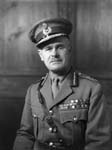
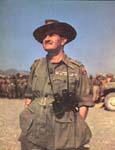
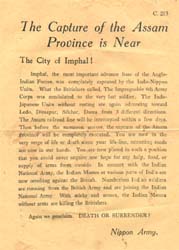
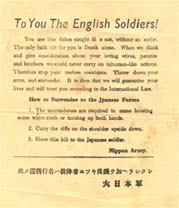
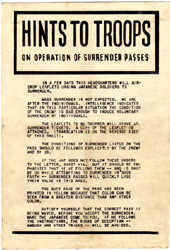
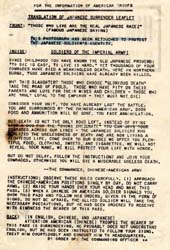
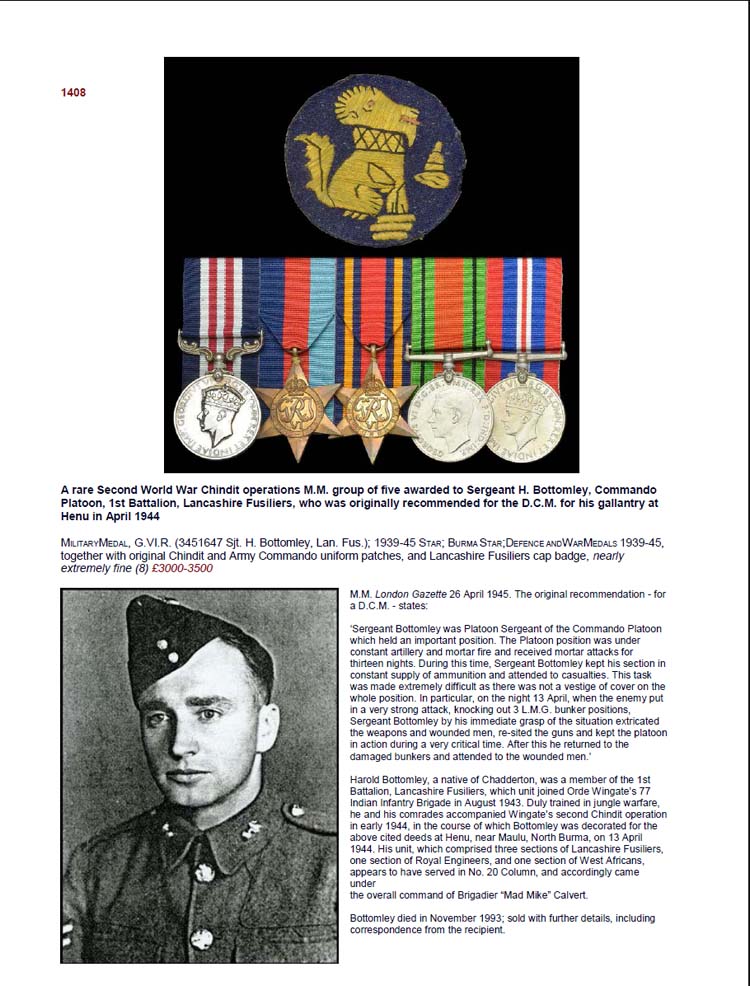
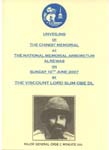
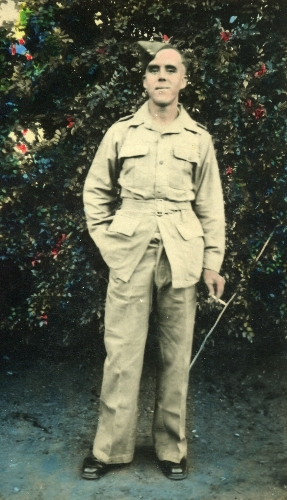
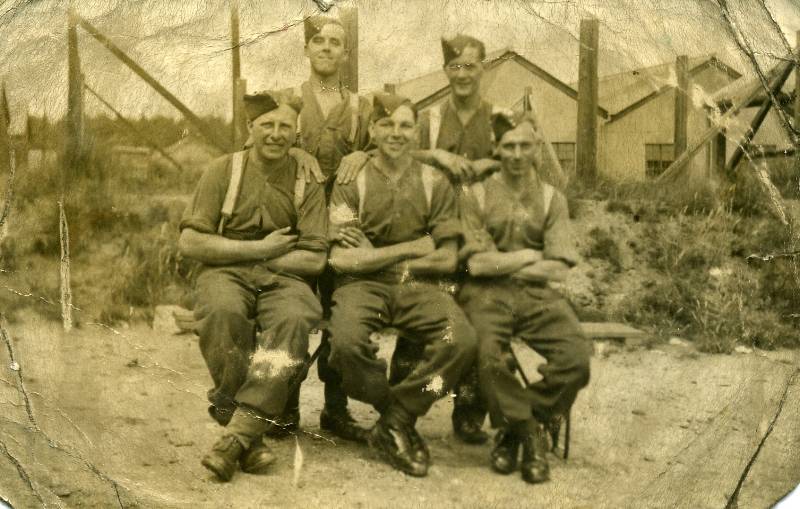
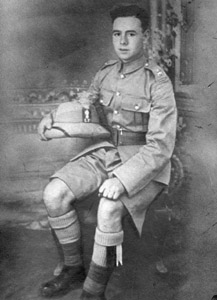
small.jpg)
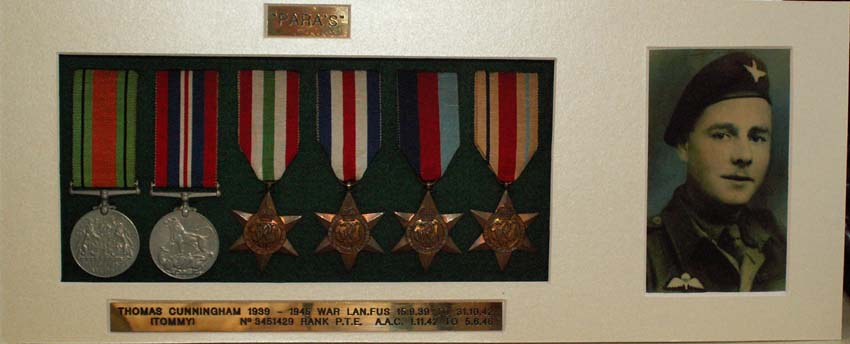

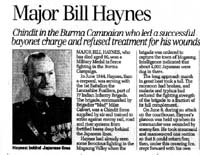
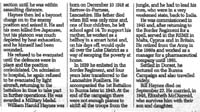
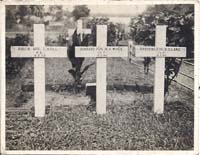
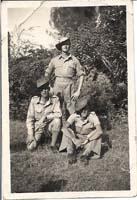
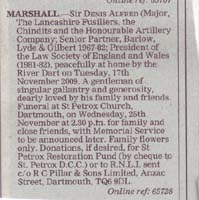
%20Millar/John%27s%20Head.jpg)
